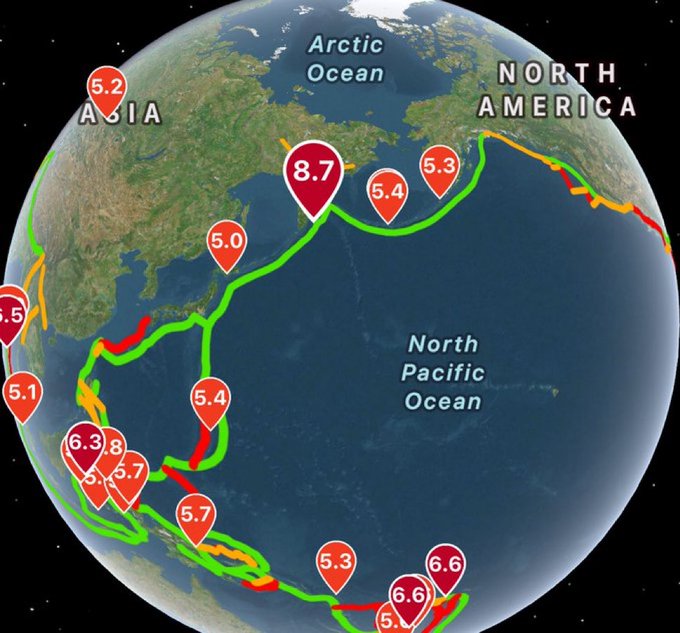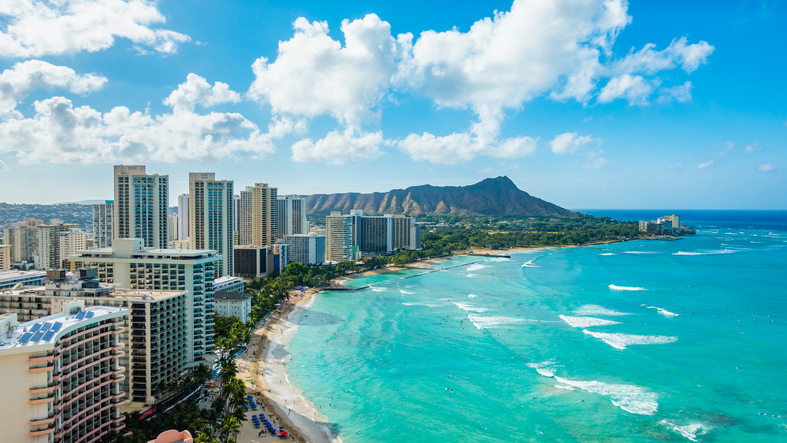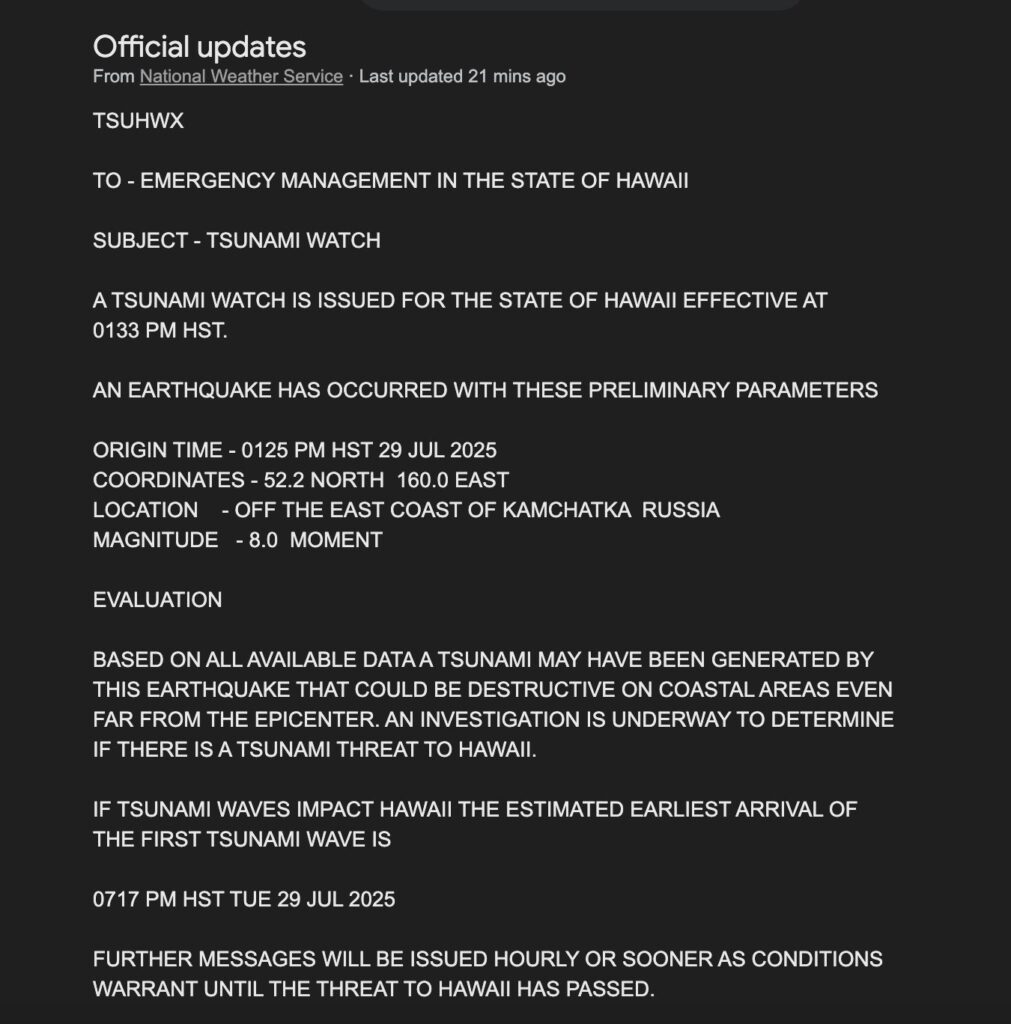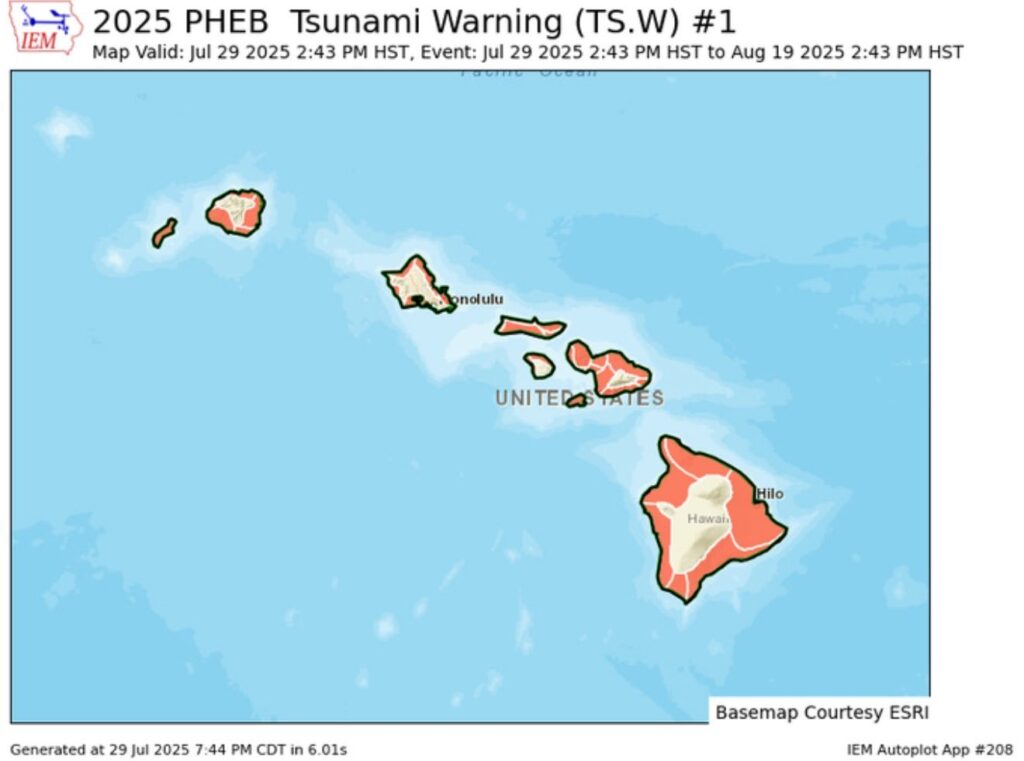The topic of tsunami warning is at the forefront of global concern after a series of powerful earthquakes in 2025 triggered alerts across multiple continents. In this article, we break down recent events, explain what a tsunami warning means, and provide clarity on what you need to know to stay informed and safe.
- Understanding Tsunami Warnings: What Happened Today?
- Caribbean Earthquake and Tsunami Warning
- Argentina Earthquake and Tsunami Warning
- Tsunami Warning Hawaii: July 2025
- Table: Recent Major Tsunami Warnings in 2025
- Highlight Points: How Tsunami Warnings Work
- Trends: Why Tsunami Warnings Are a Top Topic in 2025
- FAQs: Tsunami Warning, Earthquakes, and Preparedness

Understanding Tsunami Warnings: What Happened Today?
A tsunami warning is an official alert issued by authorities when a significant underwater earthquake or volcanic event poses the risk of generating dangerous waves. A powerful earthquake measuring 8.7 on the Richter scale hit the area off the Kamchatka Peninsula in Russia’s Far East on July 30, 2025, leading to widespread tsunami alerts and watches throughout the Pacific. The immediate regions affected were Japan, the United States (including Alaska, Hawaii, and the West Coast), along with parts of Russia.
Key Events in Tsunami Warning Today
- The initial quake happened approximately 84 miles east-southeast of Petropavlovsk-Kamchatsky in Russia, recorded at a shallow depth, heightening the tsunami risk.
- Tsunami warnings were issued for the entire state of Hawaii, coastal Alaska, and advisories extended along the U.S. West Coast, including California.
- Japan’s meteorological agency warned that 1-meter waves could reach Hokkaido and other Pacific coast regions. Waves of 3-4 meters were observed on Russian coastlines, leading to widespread precautionary evacuations.
- All residents along threatened coastlines were told to move away from beaches and low-lying areas and await official guidance, as tsunami waves can persist for hours, and the first wave may not be the largest.

Caribbean Earthquake and Tsunami Warning
Earlier in 2025, a 7.6-magnitude earthquake struck north of Honduras in the Caribbean Sea. The caribbean earthquake tsunami warning was issued immediately afterward by the US Tsunami Warning System, covering multiple countries including the Cayman Islands, Jamaica, Cuba, Honduras, and Puerto Rico.
Waves up to 3 meters were forecast for some coasts, and national governments ordered evacuations for coastal residents. Most warnings were lifted a few hours later, with only minor sea level fluctuations recorded and no widespread damage.
Argentina Earthquake and Tsunami Warning
In May 2025, a strong earthquake, with a magnitude ranging from 7.4 to 7.5, hit the area near southern Argentina and Chile, its epicenter found in the Drake Passage. Both nations issued tsunami warnings and began evacuating coastal residents.
Hazards were mainly confined to remote areas, and authorities monitored for hazardous waves, especially in the Magallanes region and Tierra del Fuego. Officials, including Chile’s president, urged the public to heed all evacuation orders and stay updated, helping to mitigate harm as no major injuries were reported.

Tsunami Warning Hawaii: July 2025
Following the Russian earthquake of July 29–30, Hawaii was placed under a tsunami warning, with the earliest wave arrival projected at 7:17 p.m. HST on July 29. The alert applied to all islands, with the Pacific Tsunami Warning Center urging urgent action to protect lives and property.
Residents were advised to avoid coastal and low-lying areas and follow official updates, as tsunami wave patterns are unpredictable and local impacts can vary greatly depending on shoreline shape and tides.

Table: Recent Major Tsunami Warnings in 2025
| Date | Event Location | Magnitude | Warning Issued For | Waves/Impact | Status/Notes |
| July 29–30 | Kamchatka, Russia | 8.7 | Hawaii, Alaska, US West Coast, Japan | Up to 4 meters (Russia) | Hawaii, Alaska evacuate; Japan on alert |
| Feb 9 | Caribbean Sea | 7.6 | Caribbean nations, Puerto Rico, Cuba | Up to 3 meters (Cuba) | Most warnings have been lifted, with only minor changes at sea. |
| May 2 | Drake Passage, Argentina/Chile | 7.5 | S. Argentina, S. Chile (Magallanes) | Localized coastal warnings | Successful evacuations, few injuries |
Highlight Points: How Tsunami Warnings Work
- Tsunami warnings are issued when a large earthquake or undersea event is likely to produce hazardous waves.
- Advisory levels depend on event size, sea floor movement, and predictions from the Pacific Tsunami Warning Center and regional agencies.
- Warnings can last for hours, and waves can arrive in multiple surges—never approach the shore after a warning, even if the first wave appears small.
- Evacuation routes are clearly posted in vulnerable regions; follow all official instructions and local alerts.
Trends: Why Tsunami Warnings Are a Top Topic in 2025
- Increased seismic activity around the Pacific “Ring of Fire” has made tsunami warning a trending safety issue.
- Recent large-scale events affected both the Caribbean and Pacific regions, sparking interest and real-time social media updates in the USA and globally.
- Emergency preparedness, early alert systems, and official advisories are under review to improve safety and response for all coastal communities.
FAQs: Tsunami Warning, Earthquakes, and Preparedness
Q: What is a tsunami warning?
A: It’s a public alert that dangerous tsunami waves are expected or have been observed, often following a strong earthquake.
Q: Was there a tsunami warning today?
A: Yes, after the 8.7-magnitude earthquake off Russia’s Kamchatka Peninsula, tsunami warnings were issued for Hawaii, Alaska, and advisories for multiple Pacific Rim regions.
Q: Has the Caribbean issued recent tsunami warnings?
A: In February 2025, a 7.6-magnitude earthquake in the Caribbean led to evacuations and warnings, which were later lifted after the threat subsided.
Q: Was there a tsunami warning in Argentina?
A: In response to a 7.5-magnitude quake that struck near Argentina and Chile in May 2025, both countries decided to evacuate their coastal areas as a safety measure.
Q: Is Hawaii at risk from tsunamis?
A: Hawaii is regularly monitored by the Pacific Tsunami Warning Center, and urgent warnings are issued after major Pacific earthquakes, as seen on July 29, 2025.
Final Thoughts
Tsunami warning is not just a technical term but a life-saving signal in today’s world of volatile tectonic activity. Stay alert to official guidance, understand local evacuation plans, and follow your local news or weather service for timely updates. Being prepared and informed can make a critical difference in personal safety and community resilience.
Read more article please click on the Link.